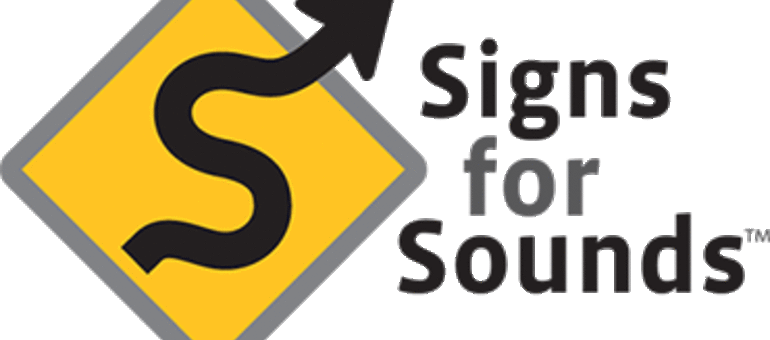Automated spell-check. Without it, I’d need to be more conscientious about spelling words like conscientious correctly. But if my computer can spell it for me, why would I need to learn to spell conscientious myself?
In the age of automated spell-check, teachers may wonder if spelling instruction is still worth their valuable classroom time. The answer is YES! Spelling instruction is still important. Automated spell-checkers usually catch only 30 to 80% of misspellings overall, and poor spellers often do not produce close enough approximations for the spell checker to suggest the correct word.
As our educational consultant, Karen Hunter, explains, “Both learning to read and learning to spell rely on the relationships between letters and sounds. Knowing how to spell a word reinforces the representation of that word, resulting in better reading. There is also a strong relationship between spelling and writing. Students who are good spellers can use their cognitive resources to focus on the content of what they want to write. Poor spellers may restrict what they write by only using words they know how to spell.”
Karen’s interest in spelling research was instrumental in the expanded development of Signs for Sounds, Read Naturally’s spelling program. Signs for Sounds teaches students how to take words apart, sound-by-sound, and how to write them down on paper, letter-by-letter. The program teaches words with both regular and irregular spelling patterns—emphasizing high-frequency words—through a unique and highly motivating system that is enjoyable for students. Click here to download a free sample of this popular program.
For an excellent review of the research on spelling instruction, we recommend the free Center on Instruction (COI) publication Why Teach Spelling?. This booklet explains why spelling deserves quality instruction time, describes the most effective ways to teach spelling, and provides tables of Common Core State Standards linked to spelling. The booklet also contains a checklist for evaluating a spelling program, which will help you determine whether a particular spelling program aligns with research-based instructional strategies. We completed the checklist for Signs for Sounds, and we’re pleased to report that this program aligns well with the recommended strategies. Click here to view the results.
To learn more about Signs for Sounds or to place an order, click here. Do you already use Signs for Sounds? We want to hear from you! Please write a review that we can feature on our newly designed website.

 Share your student’s success story—nominate him or her for our Star of the Month award. Win a Barnes & Noble gift card for the student and a Read Naturally gift certificate for your class!
Share your student’s success story—nominate him or her for our Star of the Month award. Win a Barnes & Noble gift card for the student and a Read Naturally gift certificate for your class!
Post a New Comment